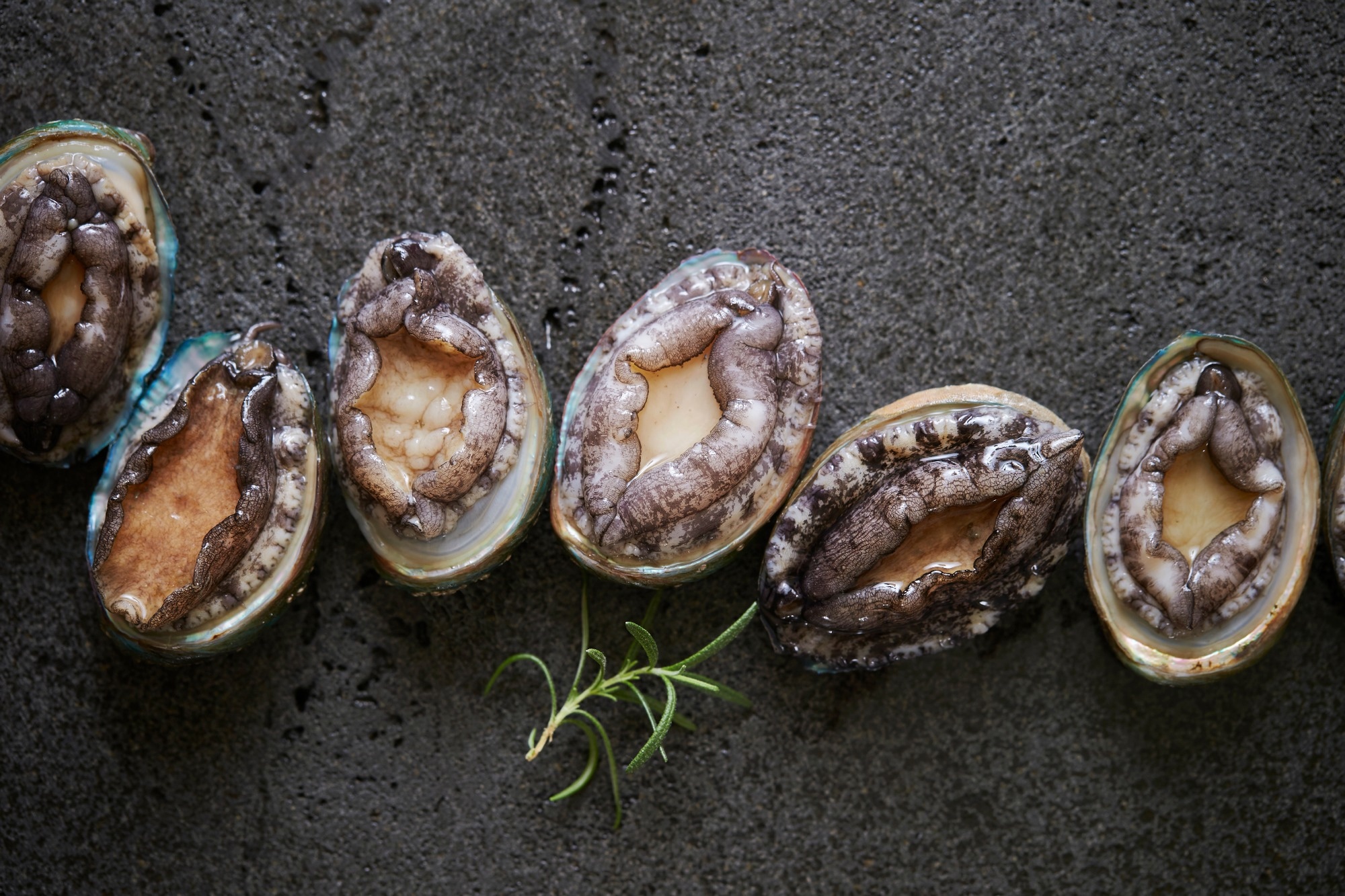In a recent study published in the journal Scientific Reports, researchers explore the antimicrobial and anticancer properties of bioactive peptides derived from abalone fish viscera.
 Study: Antimicrobial and anticarcinogenic activity of bioactive peptides derived from abalone viscera (Haliotis fulgens and Haliotis corrugata). Image Credit: mnimage / Shutterstock.com
Study: Antimicrobial and anticarcinogenic activity of bioactive peptides derived from abalone viscera (Haliotis fulgens and Haliotis corrugata). Image Credit: mnimage / Shutterstock.com
Background
Marine life could be promising novel sources of bioactive molecules; however, only a few studies to date have characterized and commercialized marine biomolecules. In 2015, the United States Food and Drug Administration (FDA) approved trabectedin, a bioactive peptide derived from a sea squirt, Ecteinascidia turbinate, for use against sarcoma. In 2010, the FDA approved the use of marine sponge-derived Eribulin mesylate to treat breast cancer.
The abalone fish (Haliotis spp.) is a marine mollusk whose demand and farming have surged globally in recent years. During its processing, the abalone viscera, which accounts for 15-25% of their wet weight, is discarded, which results in several tons of viscera lost each year. Since abalone viscera is a rich source of protein, it could serve as a precursor of bioactive peptides exhibiting nutraceutical and pharmacological properties.
Previous research has shown that mollusk visceral extracts effectively inhibited Escherichia coli K1, Pseudomonas aeruginosa, and Acinetobacter baumanii growth. Additionally, in a mouse model of breast cancer, the administration of abalone viscera suppressed tumor progression.
About the study
In the current study, researchers investigate the antimicrobial activity of visceral extracts from abalone fish species, including Haliotis fulgens and H. corrugata, against 11 opportunistic bacterial pathogens from the Enterobacteriacea family and four common fungal species. The anticancer activity of these visceral extracts was also evaluated in a grade IV prostatic adenocarcinoma PC-3 cell line, one of the most commonly occurring cancers in men.
Researchers used three batches of abalone viscera, weighing 150 grams (g) each, to extract bioactive peptides. The peptide extraction process involved varying enzyme concentrations of Wobenzym, centrifugation, and incubation conditions.
More specifically, the researchers increased the amount of Wobenzym used for visceral hydrolysis from two to 15 g to increase protein hydrolysis. Importantly, this process did not affect the protein pattern band patterns on sodium dodecyl sulfate-polyacrylamide gel electrophoresis (SDS-PAGE) analysis.
A SmartSpec 3000 spectrophotometer was used to quantify proteins in the viscera-derived hydrolyzed extracts and their chromatographic fractions. Furthermore, protein fractionation was performed on hydrolyzed samples through gel filtration. This process yielded high, medium, and low molecular weight (MW) proteins within the size range of 116.25-200 kilodaltons (kDa), 66.25-116.25 kDa, and 31-66.25 kDa, respectively.
The antimicrobial and cytotoxic activity of all isolated proteins was subsequently determined.
The anti-microbial potential of abalone viscera
Medium MW protein fractions of H. corrugata were active against Proteus mirabilis and Pseudomonas aeuroginosa. Comparatively, protein fractions between 6.5-21.5 kDa and 97.4-116.25 kDa were active against Bacillus subtilis and Aspergillus niger, respectively.
H. fulgens peptide fractions between 31-200 kDa in size were effective against six bacterial strains. H. fulgens peptide fractions between 21.5-116.25 kDa in size exhibited activity against fungi, A. niger, Alternaria alternata, and Aspergillus flavus.
Abalone viscera-derived peptides exhibited low inhibitory potential against bacteria. This may be due to the presence of large proteins in chromatographic fractions and their limited interaction with the bacterial membranes. Thus, more work is needed to identify bioactive peptides with higher antibacterial activity and understand their mode of action.
Bioactive peptides derived from H. fulgens and H. corrugata, particularly chromatographic fractions 33-41, displayed cytotoxic activity against PC-3 cells using two different concentrations.
Anti-cancer properties
The cytotoxic effects of the abalone fractions 33-41 were evaluated in prostate cancer cells PC-3. When fractions at a concentration of 200 µg/ml were used to treat PC-3, high cellular survival rates were observed except for treatment with fraction 37. More specifically, fraction 37 treatment led to 80% cell survival at both 200 and 400 µg/ml.
In addition to this significant cytotoxic activity, reduced matrix metalloproteinase 2 (MMP-2) and MMP-9 expression were also observed in PC-3 treated cells. The expression of MMPs, which comprise collagen, enzymes, and proteins that degrade the extracellular matrix (ECM) to inhibit tumor cell metastasis, is often associated with a poor prognosis among cancer patients.
Conclusions
Bioactive peptides obtained from the hydrolysis of abalone viscera exhibited notable bioactivity against Gram-positive and Gram-negative bacteria, as well as several fungal strains. Several of these peptides also regulated MMP-2 and MMP-9 expression, which may reflect the potential anti-cancer properties of these biological molecules.
Future studies are needed to characterize the precise amino acid sequences within these peptides that may be responsible for their anticancer and antimicrobial activities.
Journal reference:
- Rivera-Pérez, C., Ponce González, X.P. & Hernández-Savedra, N.Y. (2023). Antimicrobial and anticarcinogenic activity of bioactive peptides derived from abalone viscera (Haliotis fulgens and Haliotis corrugata). Scientific Reports 13(15185). doi:10.1038/s41598-023-41491-w